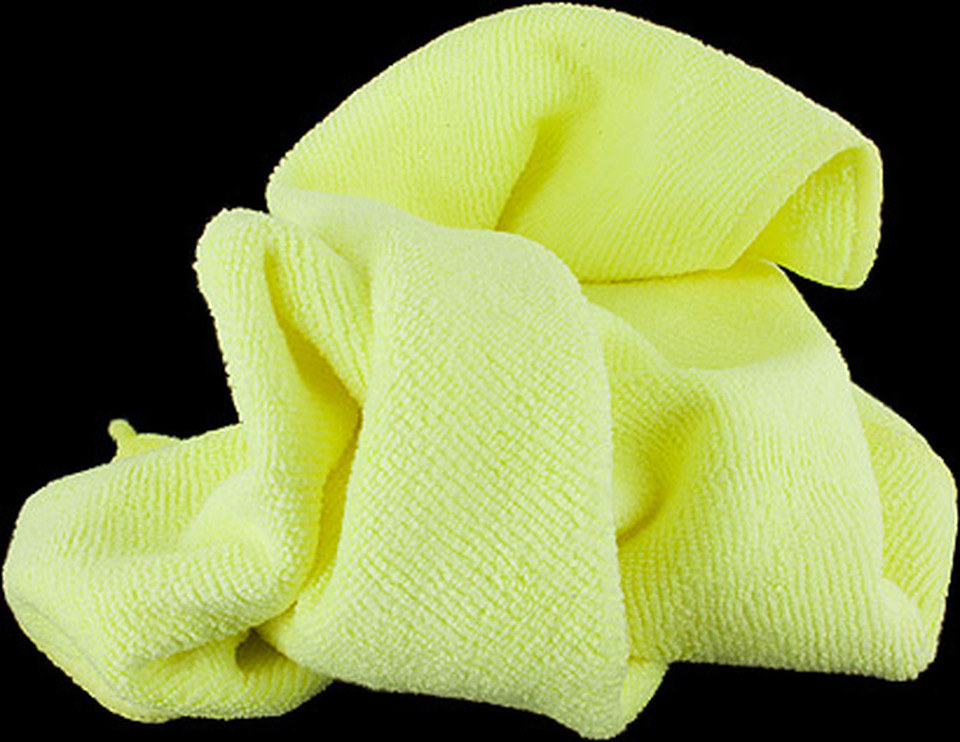How to look after and maintain a carbon steel knife
Posted by HH on 25th Aug 2016
What is carbon steel?
At a really basic level, steel is an alloy made up of different elements. In carbon steels, you guessed it, one of the main, even the main element is Carbon.
There are different degrees of carbon steel though, and some can have significantly more carbon atoms than others. Something to look out for when you are looking at a carbon steel blade.
What are the properties of it?
Carbon steel knives and blades are prone to rusting and oxidisation. That is essentially the purpose of this article. As a rule of thumb the higher the carbon content the quicker the blade will begin to oxidise when in contact with oxygen and liquids. Liquids can come in many forms such as water, food acids, even simply moisture in the air.
On the positive side, high carbon content in blades has some really good benefits. Generally it’s argued they are easier to sharpen and hold their edge better than their stainless steel counterparts.
The choice is yours, if the benefit of ease of sharpening and edge retention greater than the effort expended looking after high carbon blades? Many people would argue so . . .
What are the key considerations when looking after a carbon steel blade?
Keep it dry
Clean it regularly
Don’t store it in a leather sheath
How and why would you keep the blade dry?
Now, this is the part where we’ll give you a load of ideas and suggestions that we use. We’ll also show you some other potential methods and their advantages or disadvantages.
You keep the blade dry to remove any moisture from the steel, because it is moisture that helps cause corrosion. Once you have dried the steel you will need to ‘seal it’ this will prevent moisture from the air and oxygen getting back in contact with the steel.
Pretty much everyone here at Heinnie Haynes who uses a carbon steel blade uses olive oil as the sealant. There are a number of reasons for this. Firstly it’s natural and you can’t beat mother nature. Because of it’s natural properties Olive oil also will not taint your food after if you are using it for food prep. Then finally it’s also really easy to get the oil off if you wanted. A simple few wipes of a cloth and it’s off. Some people prefer other oils, that’s fine as long as it does seal the blade and act as a barrier between the blade and the air then you will be fine.
If oils aren’t your thing, some people like to use more wax or grease based products. Brands like Sentry Solutions offer some really neat options in terms of synthetic choices.
In the past we’ve also heard of people using something like cling film as a sealant. We do not recommend this, but it’s definitely possible. The problem you have with a methods like this is that it’s really difficult to get all the air out from underneath the film, so likely you will be trapping air against the blade. What you can do though is use cling film over blade once it has already been oiled. This will help prevent the oil from being rubbed off. It’s not essential, but if you are very protective of your knives, then it’s probably a good idea.
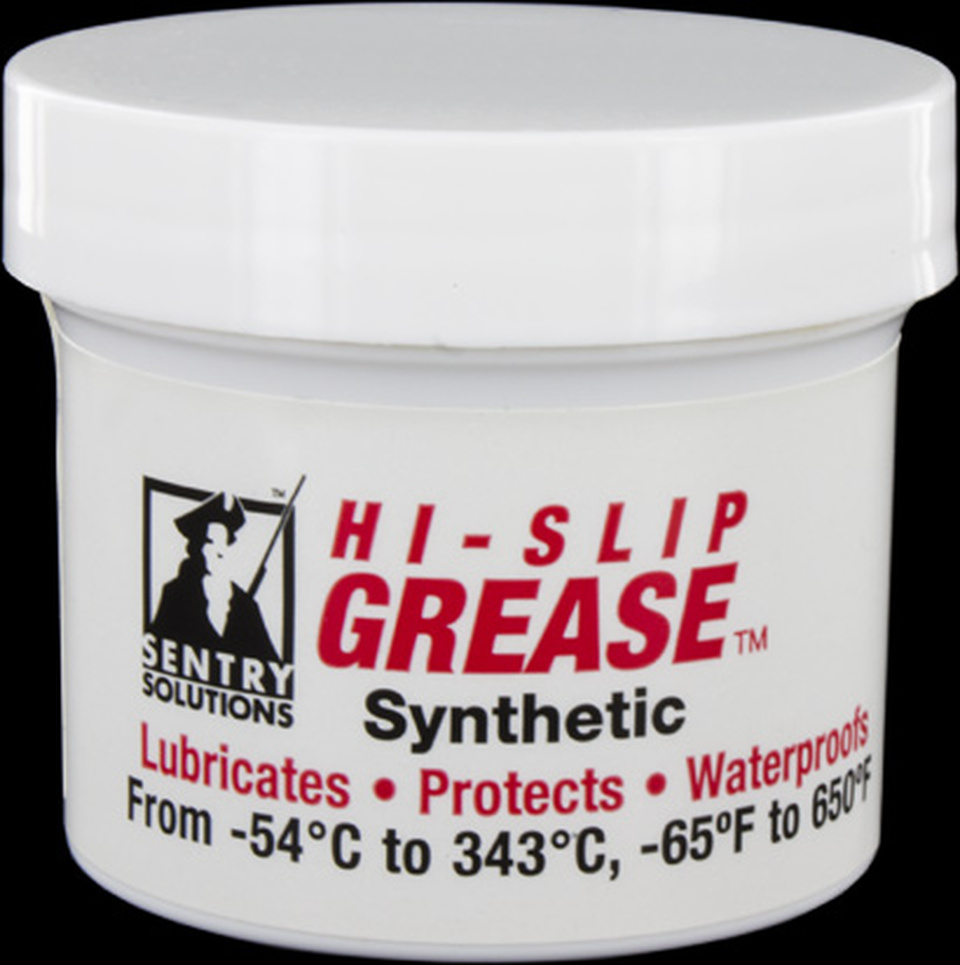
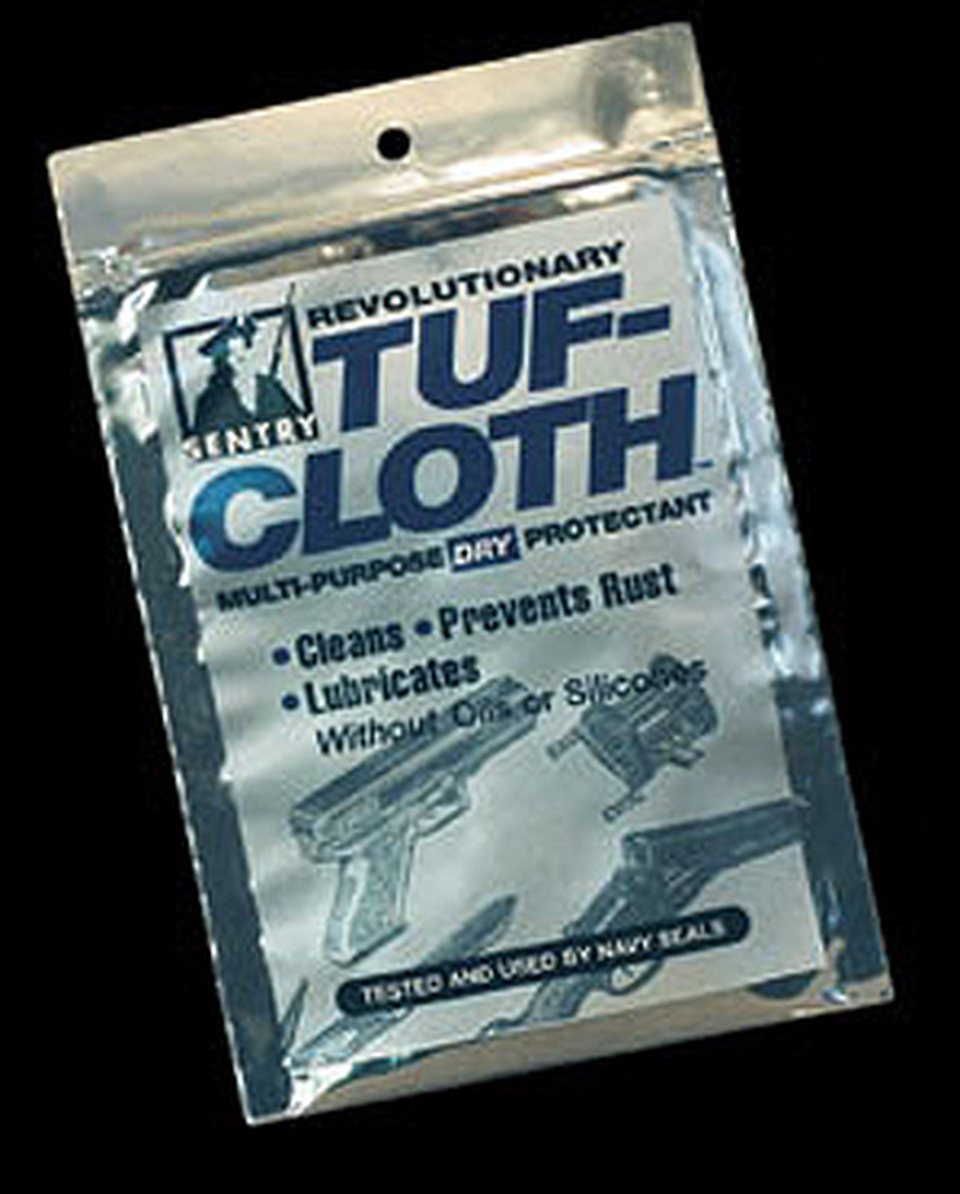
What happens if I get rust spots on my blade?
99% of the time if you catch them early you can simply rub them off with no lasting damage to the blade.
Patinas – Using corrosion to fight corrosion
Patinas are a form of surface corrosion that in essence will help prevent your blade from deep and damaging rust. It’s almost a case of the lesser of two evils and fighting fire with fire.
In terms of colour rust is generally a orange/brown sort of colour, whereas a patina is much more aesthetically pleasing with some greyish, blacks with a little bit of blue as well in some cases. Also rust tends to be quite coarse to the touch, however, patinas are much smoother.
Ok, so how do you get a patina?
Some knives and tools will already come with one. Take for example the Svord Kiwi Machete, this machete already has a greyish-blue patina, and looks really nice.
Alternatively, you could simply get an uncoated carbon steel blade like the ESEE-4 Uncoated. To patina the blade, you can simply put the knife in a shallow pan, Then cover the knife in a mild acid like vinegar, citrus, or potato juices. Leave the knife in the pan with the juices for an hour or so (you can leave it in longer or shorter depending on how dark you want your patina). Once you’ve taken the knife out of the acids, wash the knife thoroughly, clean it, then seal it. Your knife should have a nice patina and it will be much more resistant to damaging corrosion. Not rust-proof, but definitely more resilient.
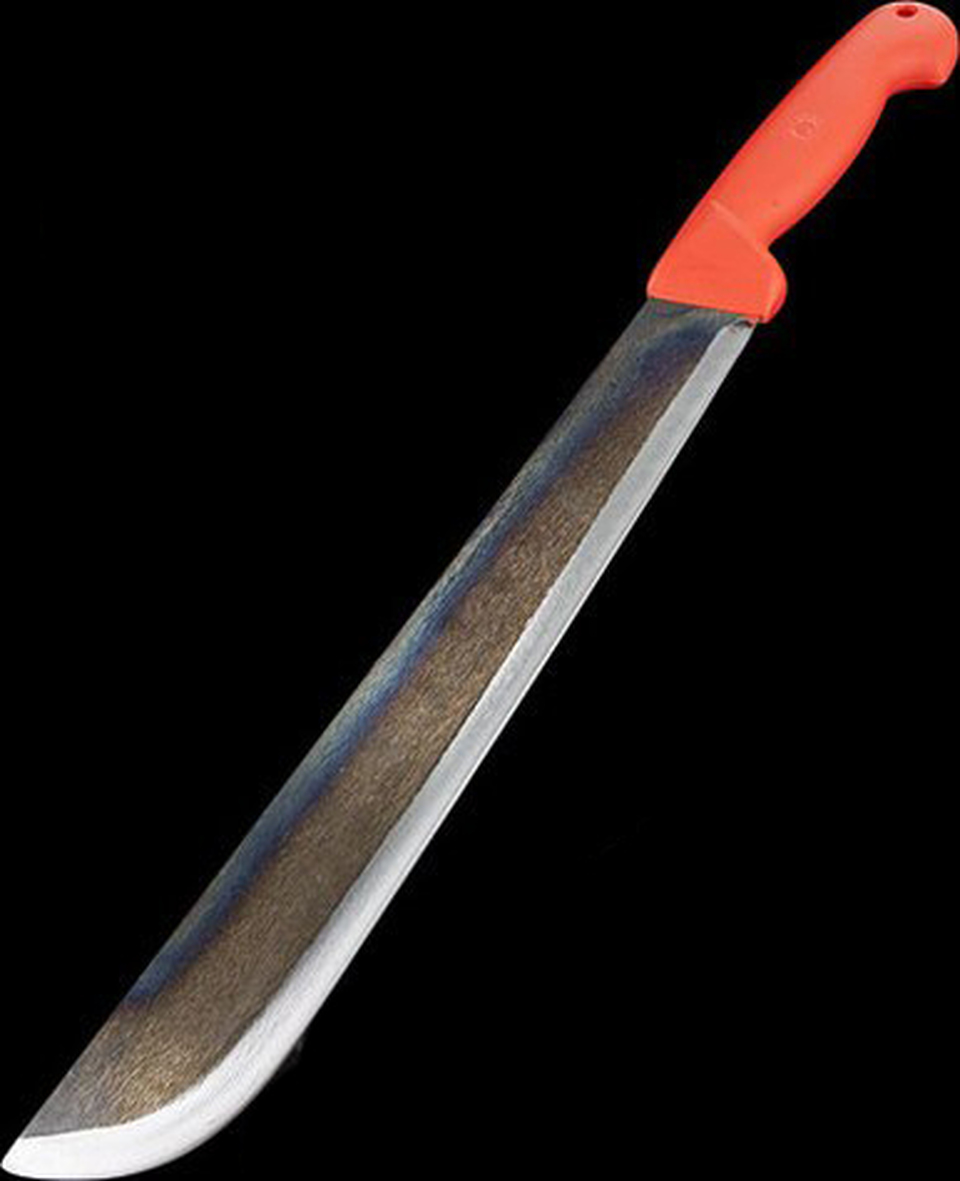
Are they worth the effort?
There will always be people who argue for and against carbon steel knives. We’ve often found that owners of carbon steel blades have great respect for their knives. It doesn’t take much effort to keep the knife clean, but it does require some. If you are willing to look after it, then you are respecting the blade.
Also, a carbon steel knife gets you in good habits. Instead of leaving a knife with food juice on it, you automatically wash it and clean it. This is something you should do with a stainless steel blade, but because of stainless steel’s nature it’s much easier to forget.
Look after your carbon steel blade and it’ll last you as lifetime.
Some ideas for products to use
It’s a good job you are reading this really because on our website we have plenty of carbon steel protectors and cleaners. Below we’ve included some of our favourites, but feel free to look here for our full range!
Silica Gel is brilliant. If you are a knife collector, have display cases or simply store your your knives in a cupboard, one of these will soak up all the moisture from an enclosed space. It’s really effective, and really simple!
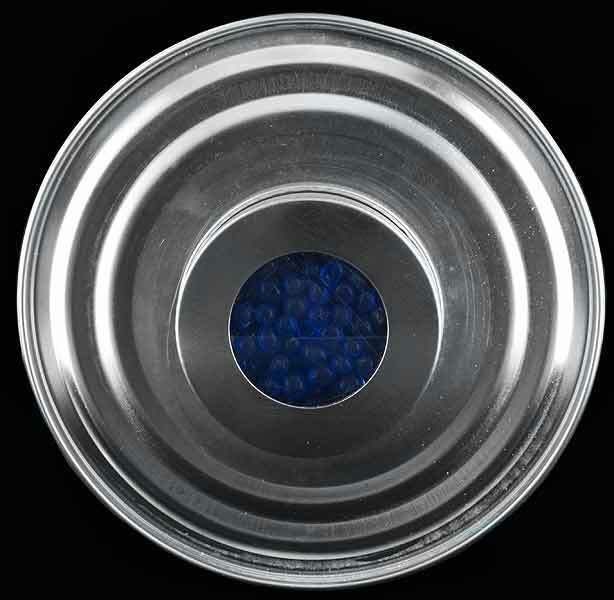
Microfibre cloth. As a really simple cleaning tool this is great. It doesn't use chemicals and it won’t scratch your blade. It will help you remove dust, wax and dirt. It’s also really cheap!!
